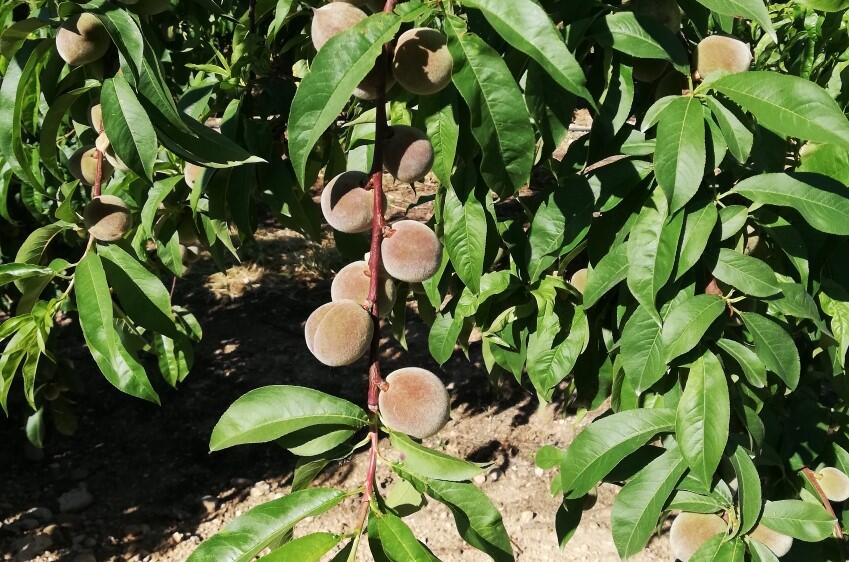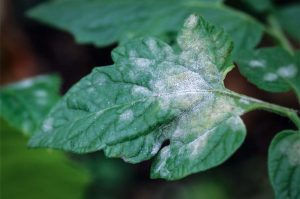Monilia or brown rot of fruit trees, is among those that produces the most economic losses globally in stone fruit trees, almond trees, and to a lesser extent in pip trees.
Although the most obvious symptoms are observed, mainly, at the end of the productive cycle, the infection by Monilia usually begins in spring from sprouting in periods of high humidity. The period of maximum sensitivity is usually during flowering and in the period close to fruit ripening.
What are the causative agents of Monilia?
Monilia is caused by three fungi; Monilinia laxa, Monilinia fructigena, and Monilinia fructicola.
- laxa and M. fructicola are species that attack flowers directly, while M. fructigena usually accumulates in fruits fallen on the ground and then opportunistically attacks fruits in full ripening process.
- fructigena and M. fructicola cause the greatest damage to fruits, penetrating through the cuticle, stomata and the base of the trichome but also through wounds.
- laxa is deposited on the flowers and rarely infects them, spreading to the branches and shoots being the main cause of gummy exudates and cankers.
What are the symptoms of the presence of Monilia?
Dried flowers: the flowers serve more as reservoirs of fungus inoculums during the spring that remain dormant until the time of fruit ripening. However, if the temperature and humidity conditions are adequate, the spores thrive enough to infect the stigma, stamens, petals and sepals until the flower has dried out and it falls from the tree.
Dried and brown branches: the fungus spreads from the flower stalk to the bark of branches and twigs, where brown areas begin to be seen, causing the young branches to collapse. The shoots and leaves of these branches can become desiccated
Chancres and exudates: lesions on branches produced by cold or chemical treatments are entrance doors for Monilia, which reaches the internal tissues, developing and originating the chancre, easily detectable by the exudate it produces. These cankers, if not removed, remain on trees as almost permanent reservoirs of the fungus.
Fruit rot: green fruits are not susceptible to infection. However, as soon as ripening begins and the sugar content increases, infections occur from the reservoirs of the fungus in the flowers or cankers, giving rise to brown lesions on the fruits. These lesions spread until the rotting of the fruit begins, which ends with its fall to the ground or its mummification on the tree.
How can we deal with Monilia?
– Avoid excessive vegetation of the trees.
– Carry out careful pruning in green.
– Remove and burn at the end of winter the mummified fruits and infected branches (those showing cankers and desiccation).
– Carry out a prudent nitrogen fertilizer.
– Avoid excessive watering in the last days before harvesting.
– Fungicidal treatments should be focused as early as possible, always remembering that flowering is the key moment of entry of the fungus.
.











